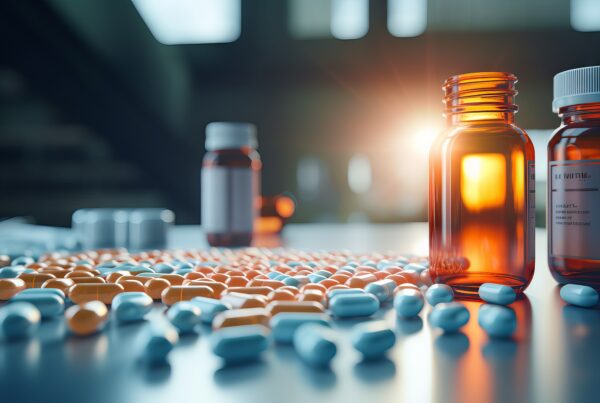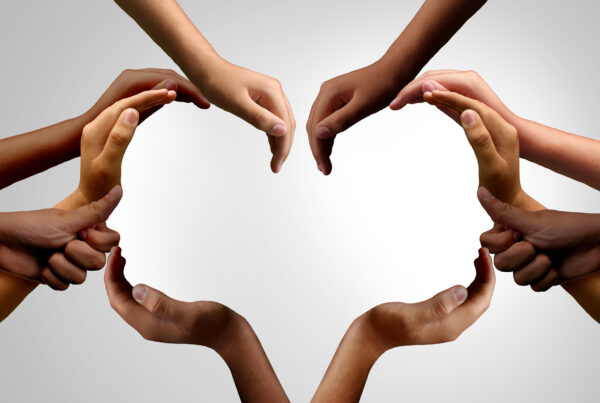
As a parent, you carry the weight of many responsibilities when you try to juggle a job, home life, and raising a child to the best of your ability. You will always want to love and care for your child by making decisions in their best interest. For all your good intentions when raising a young one, no parent or child is an ideal personification of perfection. You can try to be the best possible role model for your adolescent, but as time moves on and they get older, it becomes more challenging to be present in their everyday affairs.
As your adolescent grows more prominent through the years, it can be challenging to hone in on the clues that your child has either experimented with drugs or uses drugs regularly in a worst-case scenario. While individual attitudes contribute to basic teenage characteristics with changing hormones and sudden mood swings, how are you to know if an illegal drug is the cause of these sudden outbursts? By paying attention to any combination of signs in mood, demeanor, and appearance, you might be able to deduce an unhealthy change in your child’s lifestyle.
A parent’s worst fear is the possibility that their child could become addicted to drugs or alcohol. It’s imperative to know the difference between a child who is experimenting with drugs and a juvenile who is displaying signs of addiction. Drug experimentation during adolescence can happen when your child becomes influenced by a friend or fellow student. Association with drug-abusing peers is often the most immediate risk for exposing adolescents to drug abuse and delinquent behavior. While a child might be prone to try a narcotic and give in to peer pressure, it does not always mean they will become addicted to the feeling they experience with the drug.
On the other hand, indicators that your child is showing addiction tendencies are much harder to distinguish. Genetics, childhood trauma, bad relationships, or a change in brain chemistry can lead to addictive personality traits. Addiction is a disease that can escalate after several encounters with substance abuse. Both the brain and a child’s behavior is thoroughly affected by repeated attempts to get high. If you feel that your child has started a habit that has gotten out of control, the best solution is to find an adolescent program specializing in mental health and addiction.
Let’s look at some warning signs to be aware of when determining if your child is abusing illegal substances.
A Change In Physical Appearance
If you observe a drastic change in your child’s appearance over some time, you might want to keep an eye on how it progresses. A physical change will fluctuate in your child depending on what substance your young one has taken. Be sure to look for more than one cue when being mindful of their presence over time.
- Flushed cheeks
- Bloodshot eyes
- Unkempt personal hygiene
- Uncontrollable shakes
- Lip-smacking
- Excessive sweating
- Hyperactivity and exaggerated talkativeness
- Unrecognized weight loss
An Abrupt and Continuous Emotional Change
For the most part, adolescence is already a bumpy, emotional roller coaster ride. At times, it can be difficult to tell the difference between pure, youthful emotion and a sudden change in your child’s disposition caused by acting out while under the influence. The prefrontal cortex is responsible for controlling emotions and impulses with its circuitry and is not fully mature until its mid-20s. Unfortunately, specific mental health issues such as depression and anxiety can occur during this pre-adulthood period of addiction and will occur because of the brain’s underdevelopment. Therefore you must be aware of these oncoming changes when your child acts out of character to assess the situation better and the possibility of looking into a recovery program.
- Lack of motivation and all-around energy
- Moody or angry
- Indifference in family affairs
- Paranoid and secretive
- Caught lying
- Avoiding eye contact
- Isolation
- Missing school work
Changes On The Homefront
You might have to keep an eye out for the well-being of everything and everyone within your household if you suspect your child to have a drug problem. Little changes here and there can raise red flags on an issue that might be happening right under your nose. Items that have gone missing or discovering a particular piece of drug apparatus are telltale clues that something has run afoul in your home environment.
- Finding drug paraphernalia
- Unrecognizable containers or baggies
- Missing prescription pills from the cabinet
- Missing money
- Locked doors
- Deteriorating grades
- Changes in friend or sibling dynamic
As a parent, if you have discovered that your child has used or is using narcotics, you must remain calm and brace yourself for a well thought out conversation with them. Be ready to be forthright and gather all the evidence to present your case in a caring manner. Be prepared for a combination of their anger, denial, guilt, and resentment when confronted with the task of finding out the truth. Try to have a civil conversation rather than a yelling confrontation to resolve the situation while explaining to them the consequences of their actions.
If you feel like your child might need further help in battling an addiction to substance abuse, the Mission Harbor Behavioral Health rehab facility has an adolescent program specializing in therapy for addiction. The program combines four different therapy models: behavioral intervention, whole-family therapy, parent courses, and multi-family groups. Our team works extensively with parents and their children to help them better cope with their addiction recovery.
Medical care includes working with their peers in daily treatments such as Expressive Arts, Yoga, Psychodrama, Relationship Dynamics, Personality Style, and Process Groups. The benefits of working with peers of the same age increase self-esteem, confidence, positive feelings of accomplishment, and an increase in their ability to cope with their challenges.
To learn more about our adolescent program at Mission Harbor Behavioral Health, give us a call today at (805) 209-4433.




